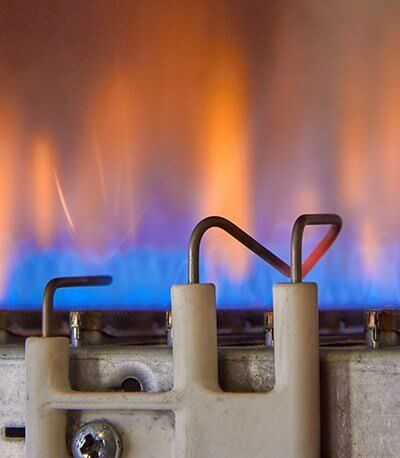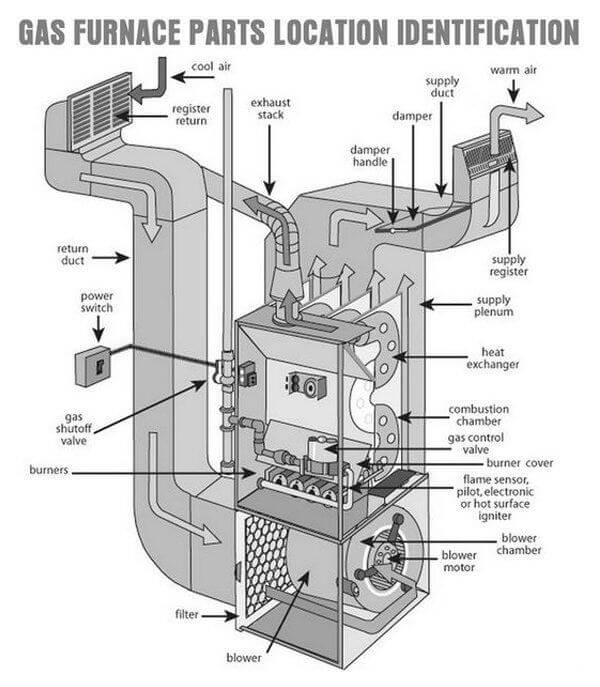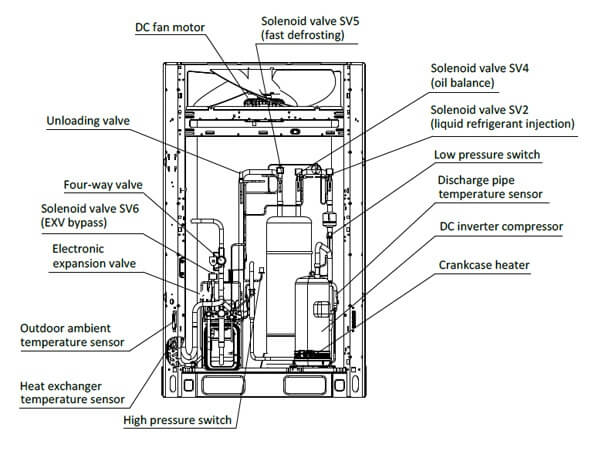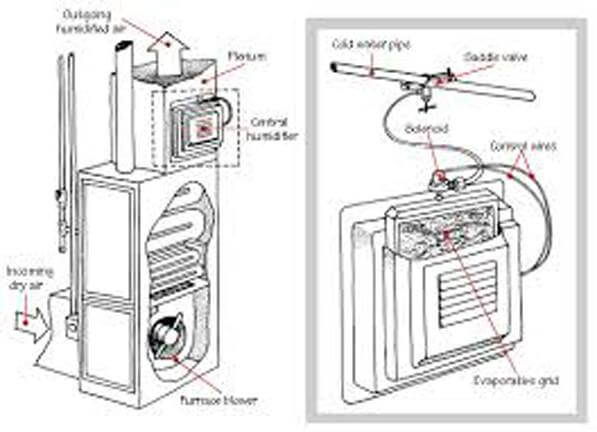Parts List
Heating and Cooling Parts for Sale in Belleville and Van Buren Township

HVAC Parts, From Air Filters to Air Conditioner Coil Cleaners, and More!
Your trusted local HVAC company that has provided expert furnace, air conditioning, and indoor air quality services at competitive prices, now has HVAC parts for sale. Stop in to see our great inventory of Heating and Cooling Parts that includes ignitors, flame sensors, blower motors, inducer motors, gas valves, fuses, circuit boards, pressure switches, limit switches- and MORE!
Request a
FREE ESTIMATE
* Indicates required questions

A Helpful Glossary of Common HVAC Parts from Air Temperature Control
Air Filters and Furnace Filters
Air filters and furnace filters are the same things. Keeping a replacement filter or two on hand is a great idea as an air filter’s purpose is to filter dust and particles from the intake air to prevent the unit from getting clogged. This is essential to a properly operating, efficient unit and clean air in the home.
Gas Valves
Inducer Motor
Pressure Switch
Flame Sensor
The flame sensor detects heat from the hot surface ignitor. When no heat is detected, this device turns off the gas supply.
Ignitor
Newer HVAC systems use an ignitor rather than a pilot-light system to start the furnace. The electronic ignitor steadily warms up to light the gas and start the furnace burners. Furnaces with electronic ignitors cannot be lit manually.
Thermostats
A component that senses the temperature in a unit, or room, or house is used to regulate temperature.
Limit Switches
The limit switch is another safety device of the HVAC system. It works by detecting temperatures within the furnace. When the furnace gets too hot, the limit switch turns off the gas.
Circuit Boards
The circuit board is also known as the control board. It turns the blower fan on. The fan moves air through the furnace, pushing the heat into the house. … The control board shuts off gas to the burners, then the induced draft motor, and finally the blower fan motor. The heating cycle is complete.
Fuses
Sometimes, the wrong size fuse has been installed, sometimes they get old or grimy. In any case, if you aren’t sure what fuse you need to support your heating and cooling system, just ask us!
We Have a Huge Inventory of Heating Parts
- Gas valve
- Pressure switch
- Combustion air motor
- Flame sensorr
- Thermocouple
- Filters
- Transformers
- Circuit boards
- Thermostats
- Blower wheels
- Limit switches
- Fan timer switches
- Relay switches
- Heat exchangers
- Fuses
Check Out Our Large Stock of Air Conditioner Parts in Belleville and Van Buren Township, MI
We offer installation, maintenance, and repairs on air conditioning units, as well as parts for sale. Many people ask us “what do you have that I can clean my air conditioner coils with?” The simple answer is let an expert do it. It seems like it could be an easy DIY job, but many things can go wrong. You won’t want to set yourself up for a bigger repair or have your unit stop working.
From thermostats to fuses and everything in between, contractors and homeowners count on us for the HVAC parts and equipment they need.
The Air Conditioner Parts You Need Are Here!
- Capacitors
- Shrader valves
- Freon
- Coil cleaner
- Fin comb
- Fuses
- Disconnect box
- Circuit boards
- Compressors
- Condenser fans
- Condenser fan motors
- Thermostats
We Have Humidifiers and Parts in Belleville and Van BurenTownship, MI
Air Temperature Control Has Humidifier Parts, Too!
- Capacitors
- Shrader valves
- Freon
- Coil cleaner
- Fin comb
- Fuses
- Disconnect box
- Compressors
Request a
FREE ESTIMATE
* Indicates required questions




